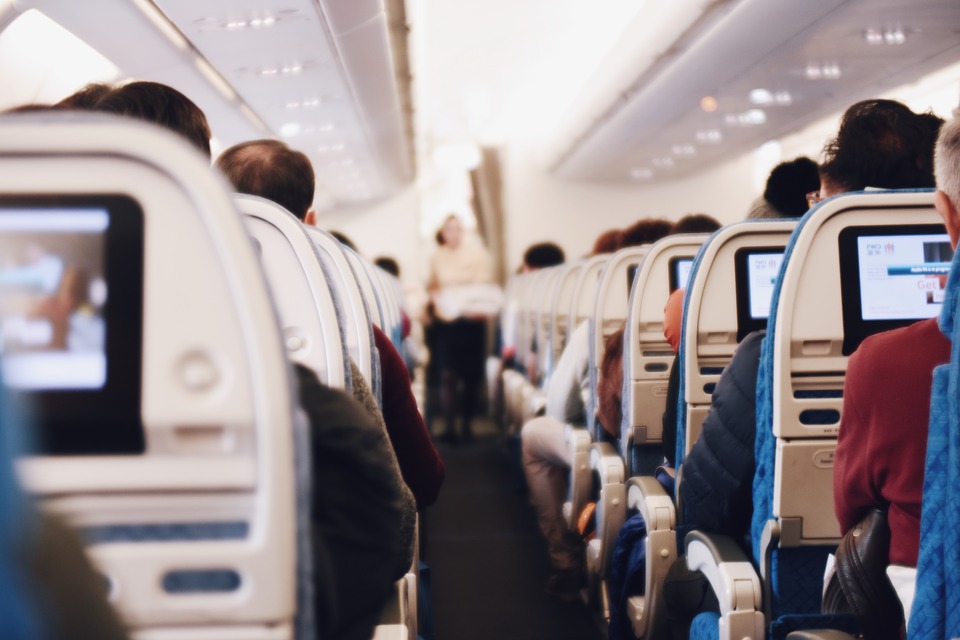The world’s largest airlines raked in more than $35 billion US in ancillary revenues last year, a figure that has grown by more than 16 times in barely the past decade.
That’s one of the main takeaways from a new report by Wisconsin-based consultancy IdeaWorksCompany, which partnered with Irish travel firm CarTrawler in an annual ranking of ancillary revenues in the airline industry.
Broadly speaking, ancillary revenues are everything that airlines earn from things outside of base ticket prices. That would include everything from checked bag and seat selection fees, to travel insurance, duty free items and refreshments served on board.
Fees add up
In a report released Wednesday, the two companies crunched the numbers on 76 airlines around the world that disclose information on ancillary revenues, to see which ones are squeezing the most extra cash out of every possible source.
At some airlines — especially discount regional carriers such as Spirit and RyanAir — those fees are anywhere from one third to almost half of the airline’s entire income.
But on the whole, it’s the bigger airlines that are really raking in the big money from them. The results were very top heavy, as U.S. airlines are better than almost anyone in raking in that extra coin — more than $17 billion from just U.S. airlines alone.
In 2007, the first year that the annual report was done, all of the airlines included only took in $2.1 billion in such fees put together.
American Airlines took in more than anyone, at more than $7.2 billion last year. United came next at just over $5.8 billion, while Delta was just behind at $5.5 billion. Southwest, the fourth largest carrier in the country, was the fourth most lucrative in the ancillary world at more than $4 billion.
Canada’s biggest airline, Air Canada, ranked tenth on the list, taking in $1,452,733,488 in ancillary revenue last year. But that figure isn’t just nickel-and dime fees that fliers pay directly for things like checked bags, fuel surcharges and other irritants.
Loyalty programs
Like many airlines, Air Canada participates in a loyalty program, Aeroplan. Those plans make money for airlines because the programs effectively buy tickets from the airlines in exchange for seats, and then resell those seats to credit card partners and retailers who offer those seats as consumer enticements.
Loyalty programs are a major cash cow for lots of airlines, which is why the CarTrawler report includes it in the calculation of extra ancillary fees. The U.S. airlines in the report all took in more than $20 worth of revenue, on average, from every passenger in their respective loyalty programs. Qantas is even more lucrative, as the Australian carrier took in $37.51 for every person in its loyalty program. By Qantas’ own estimates, more than a third of all the spending on Australian credit cards happens on a card in which the user earns Qantas miles for their efforts.
Air Canada, meanwhile, booked more than half a billion dollars from Aeroplan, but that works out to roughly $11.22 per passenger…



